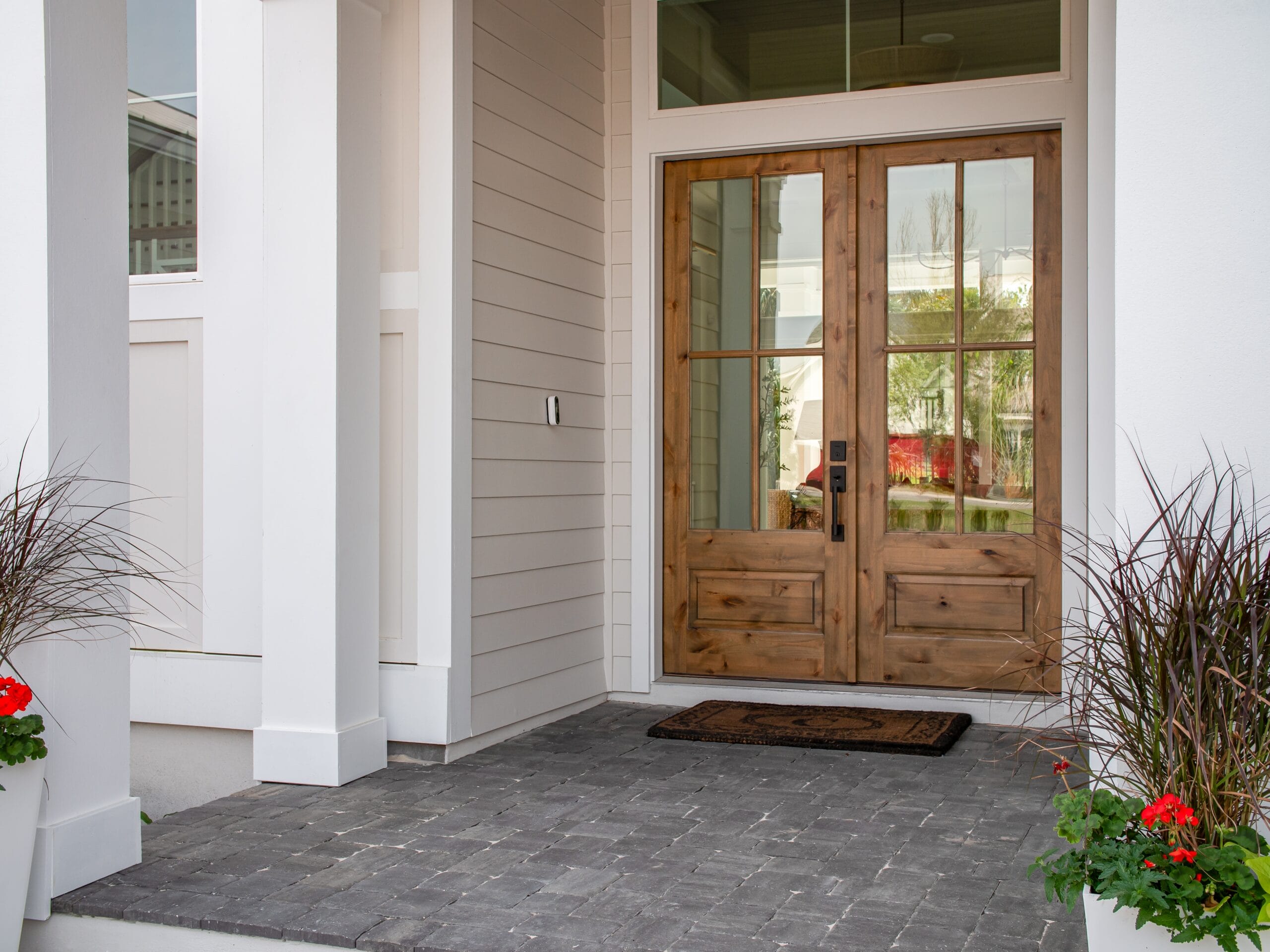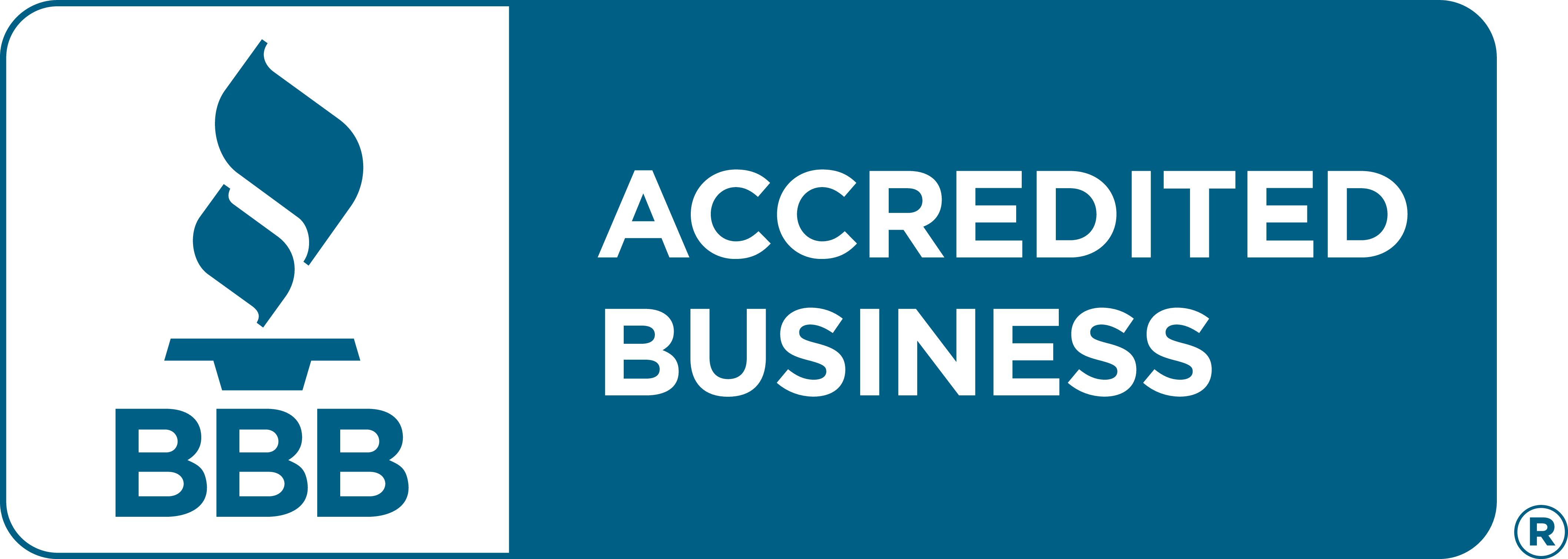Introduction
Proper insulation for doors and windows is essential for improving a home’s energy efficiency. Good insulation helps retain heat in winter, keep your space cool in summer, and lower your energy bills. In this guide, we’ll explore the best methods for optimizing insulation, the materials to use, and the financial incentives available to help reduce your costs.
Why Is Door and Window Insulation Important?
Lower Energy Consumption
Effective insulation reduces heat loss and cuts down on the energy needed for heating and cooling. A well-insulated home can save between 20% and 30% on energy bills.
Improved Thermal Comfort
Cold drafts in winter and excessive heat in summer can be uncomfortable. Properly insulating your doors and windows helps maintain a stable, pleasant indoor temperature year-round.
Reduced Noise Pollution
Insulation isn’t just about temperature—it also blocks outside noise. Double or triple glazing and quality seals can significantly improve your home’s acoustic comfort.
Materials and Techniques for Door Insulation
Caulking: A Simple and Effective Solution
Caulking involves applying silicone or foam seals around door frames to prevent air leaks. This method is especially suitable for wooden doors, which expand and contract with temperature changes.
Insulation for Different Door Types
- Wood doors: Naturally good insulation but require regular maintenance.
- PVC doors: Great value with efficient insulation and low maintenance.
- Aluminum doors: Less insulating—need thermal breaks to reduce heat loss.
- Glass doors: Opt for double or triple glazing with low-emissivity coatings to reduce energy loss.
Storm Doors: An Extra Layer of Protection
Storm doors add an extra barrier against cold, wind, and moisture. They improve entry door insulation and also increase home security.
Window Insulation Techniques
Weatherstripping and Seals
Weatherstripping and seals are inexpensive ways to prevent air infiltration. They fit around window frames and should be replaced every 2 to 5 years to remain effective.
Insulating Window Films
Applied directly to the glass, these films help reduce heat loss in winter and control heat gain in summer. They’re easy to install and won’t affect the appearance of your windows.
Double and Triple Glazing: A Worthwhile Investment
Double or triple glazed windows provide optimal thermal and sound insulation. They’re especially recommended in areas with extreme temperatures or high noise levels.
Renovating and Improving Insulation
Insulating Surrounding Walls and Frames
Insulating the walls and frames around windows and doors is essential to eliminate thermal bridging. Use expanding foam or insulation panels to improve airtightness and overall thermal performance.
Upgrading Old Windows
If your windows are outdated and inefficient, consider replacing them with modern, high-performance models. While this is a significant investment, the resulting energy savings can make it cost-effective in the long term.
Maintenance and Durability of Insulation Solutions
When and How to Reapply Caulking
Check and replace seals regularly. Damaged or worn caulking loses its effectiveness and should be redone to maintain optimal insulation.
Managing Air Leaks and General Maintenance
Each year, check for drafts around doors and windows by running your hand near the frames. If you detect a leak, install new seals or add weatherstripping as needed.
Conclusion
Insulating your doors and windows is key to a comfortable, energy-efficient home. By choosing the right techniques and materials, you can improve your home’s thermal performance and reduce energy consumption. In addition, available financial incentives make these upgrades more accessible to homeowners. Investing in high-quality insulation ensures long-term savings and enhanced everyday comfort.

